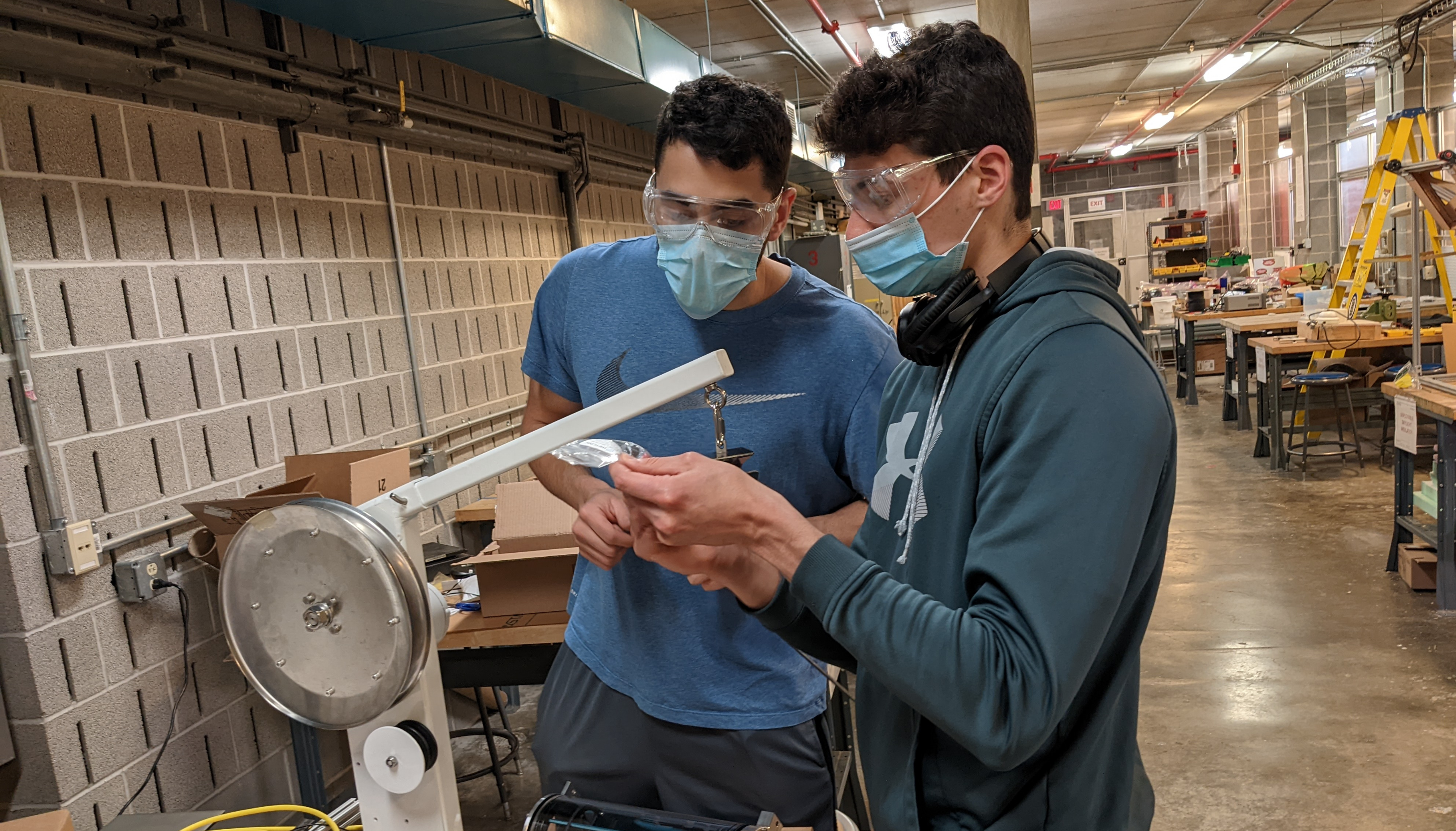By Brad DeBoer, Senior Academic Support Engineer
As the effects of climate change intensify, understanding and mitigating the impacts of human activity on fresh water are more important than ever.
The Jefferson Project at Lake George, a collaboration between Rensselaer Polytechnic Institute, IBM Research, and The Lake George Association, takes a sophisticated technological approach to these efforts. One ongoing aspect of the project has been continuously monitoring water quality throughout the lake.
To monitor water quality, scientists measure conditions at various depths in a single location, known as the “water column.” Taking these readings is a labor-intensive process, requiring researchers to lower and raise a sensor pod manually through the water column, pausing at predetermined intervals to take and record readings. The sensor pods and software currently used are expensive and proprietary, making it challenging to develop and deploy new sensor technology.
Shayla Sawyer, professor of electrical, computer, and systems engineering, whose research interests include optoelectronic sensors, and Jefferson Project Biologist Brian Mattes partnered with the Design Lab at Rensselaer to help address these issues. The Design Lab provides senior engineering undergraduates with a capstone experience in which they apply discipline-specific knowledge and engineering practice to generate solutions to real-world problems. During the 2021-2022 academic year, two teams composed of students from several departments in the School of Engineering designed, built, and tested a new sensor system with guidance from myself and Design Lab Director Kathryn Dannemann ’80, ’82G as project advisors.
“This technology will vastly improve the data collection during our surveys,” said Mattes. “One of our goals at the Jefferson Project is to strive for more and higher quality data than ever before, and this will help facilitate that. We are always looking for novel ways to reduce human error, and the Design Lab is helping us achieve that goal.”
The sensor pod that the student teams developed combines commercially available and custom-designed components to measure temperature, pressure (depth), dissolved oxygen, and conductivity (salinity). It can also be expanded to incorporate new sensors as needed. The pod is lowered and raised via a communications tether and an electronically modified crab pot puller that allows users to adjust descent speed based on specific measurement needs.
The system is controlled by a weather-resistant single-board computer and touchscreen display with a student-developed graphical user interface (GUI) that enables researchers to enter key control parameters. The control system displays and records data in real time, eliminating the potential for human tabulation error. It also alerts the user with visual and audible alarms if readings drift outside of normal ranges.
“My work on the water column sensor was a wonderful experience,” said August Gehrman ’22, who was part of the fall 2021 team. “It allowed me to understand the practical application of engineering theory to real-world projects.”
This semester, a third capstone team will complete assembly and integration work, conduct initial testing, and refine the GUI before transferring the system to the Jefferson Project for field testing.





